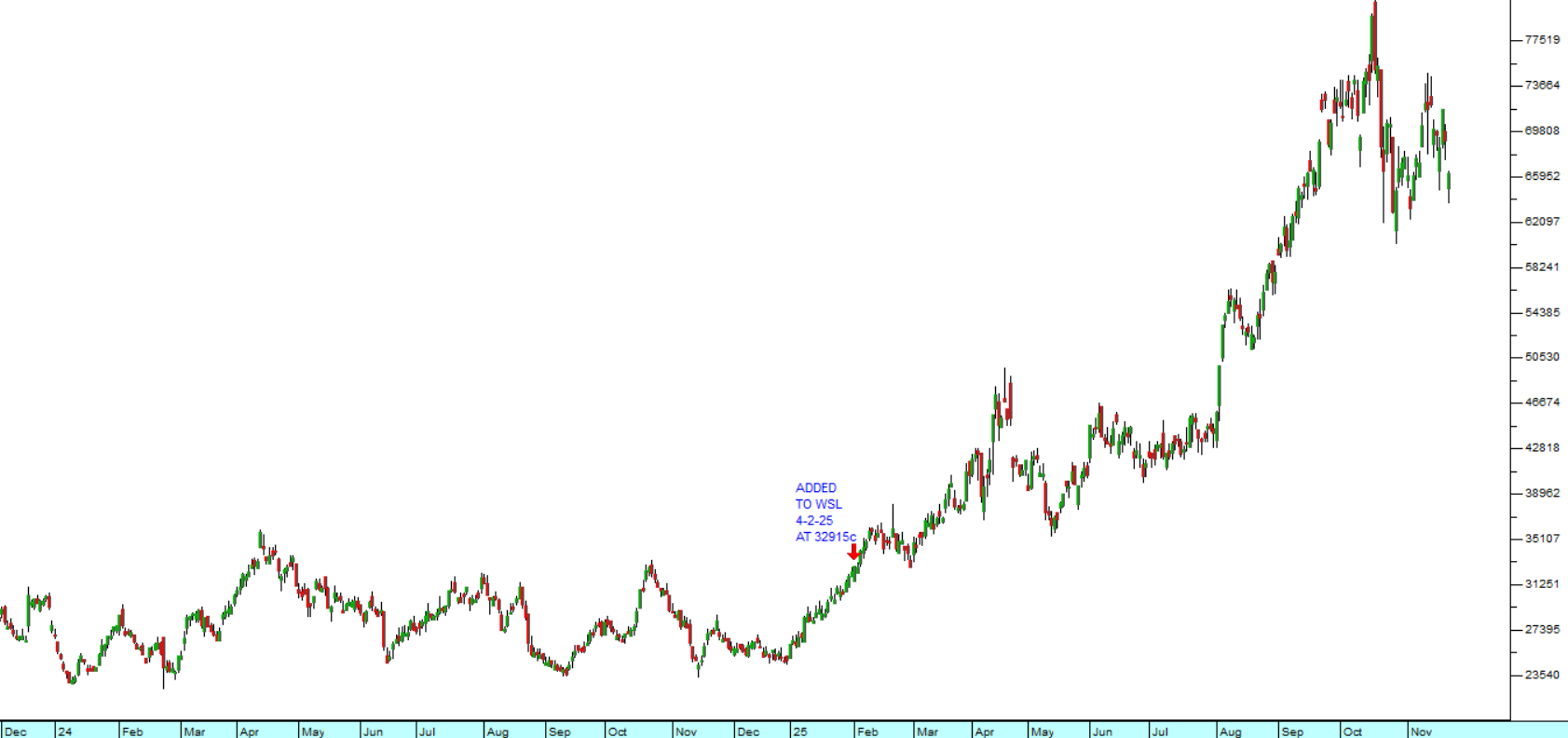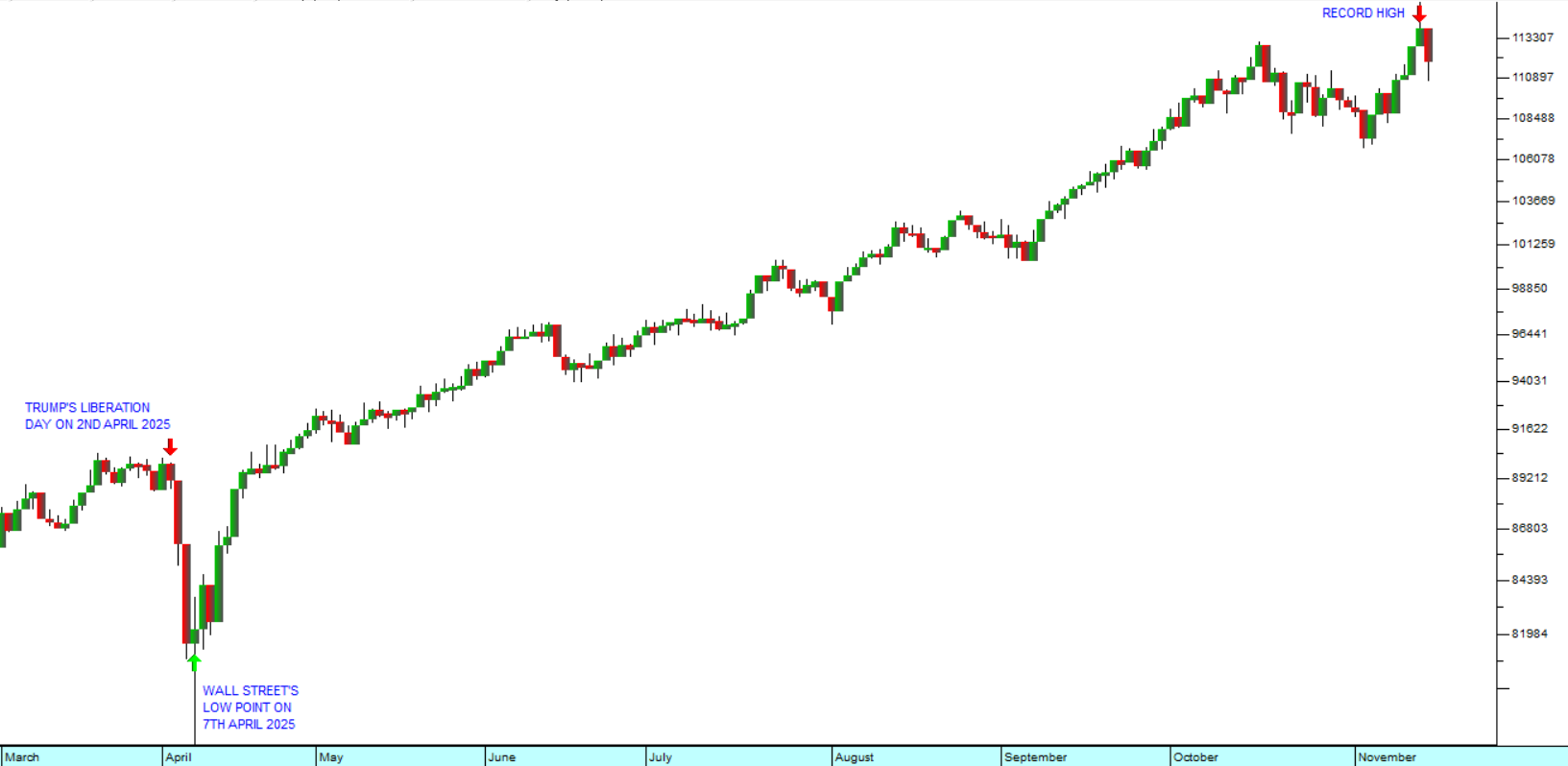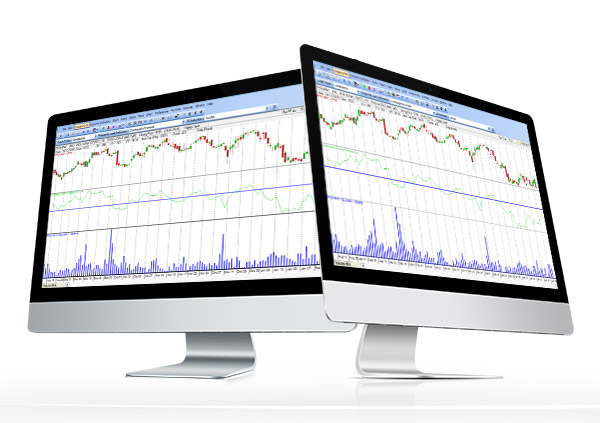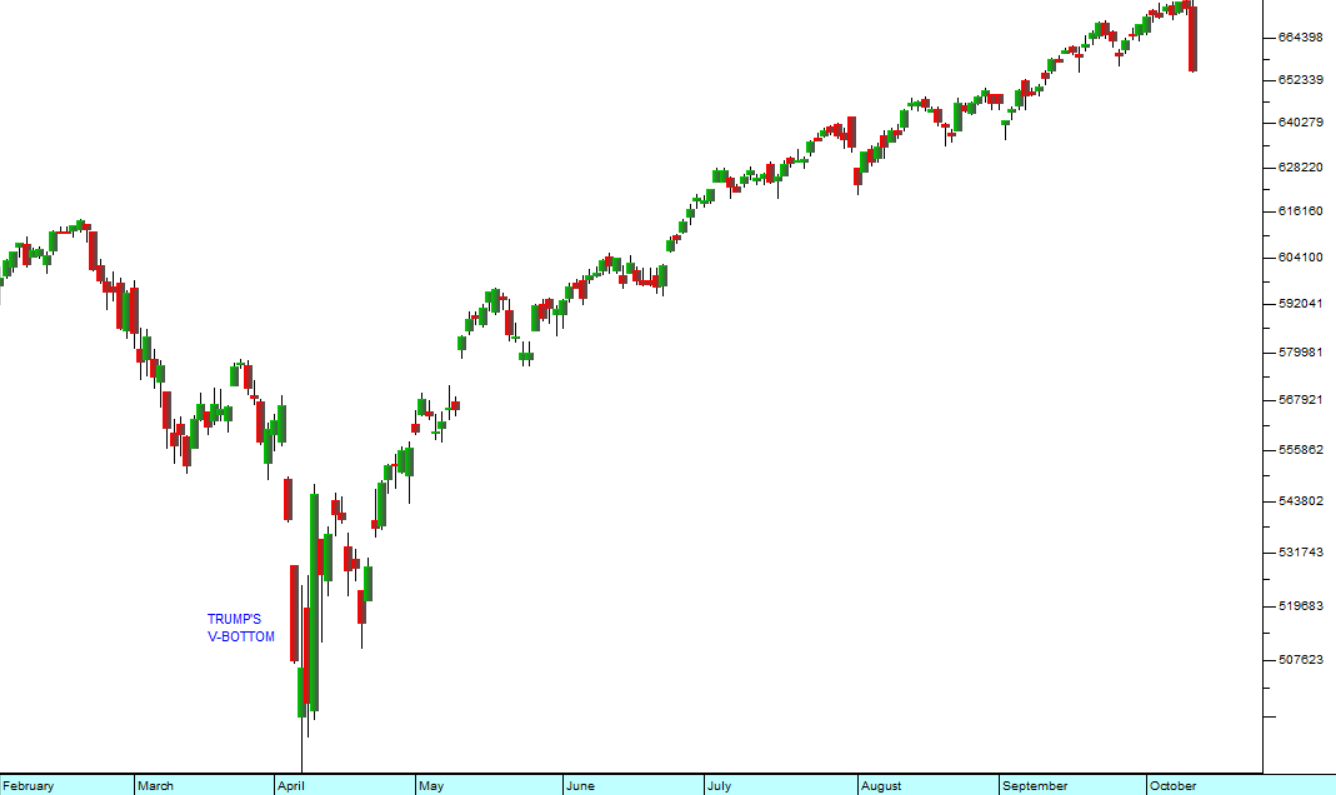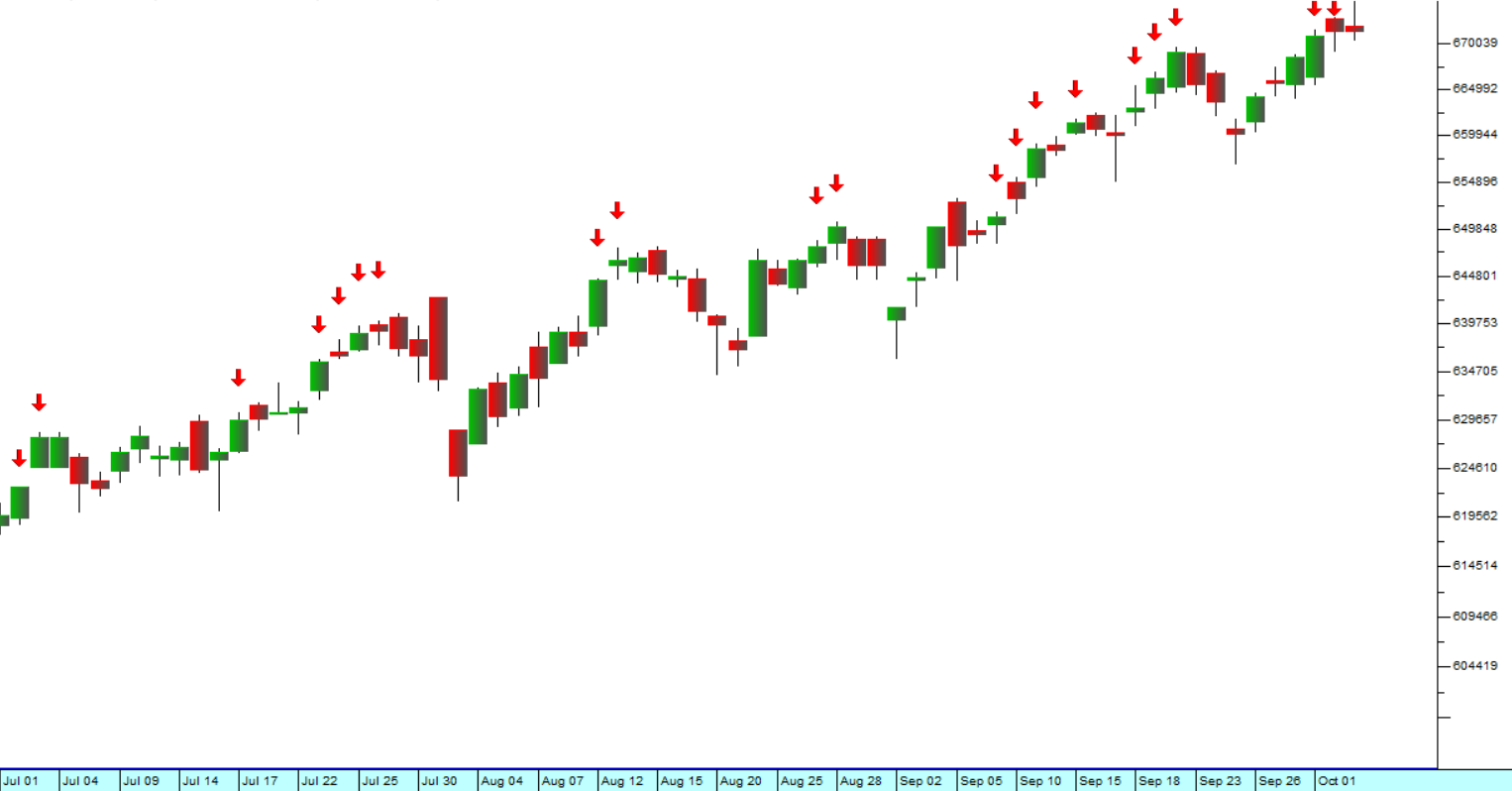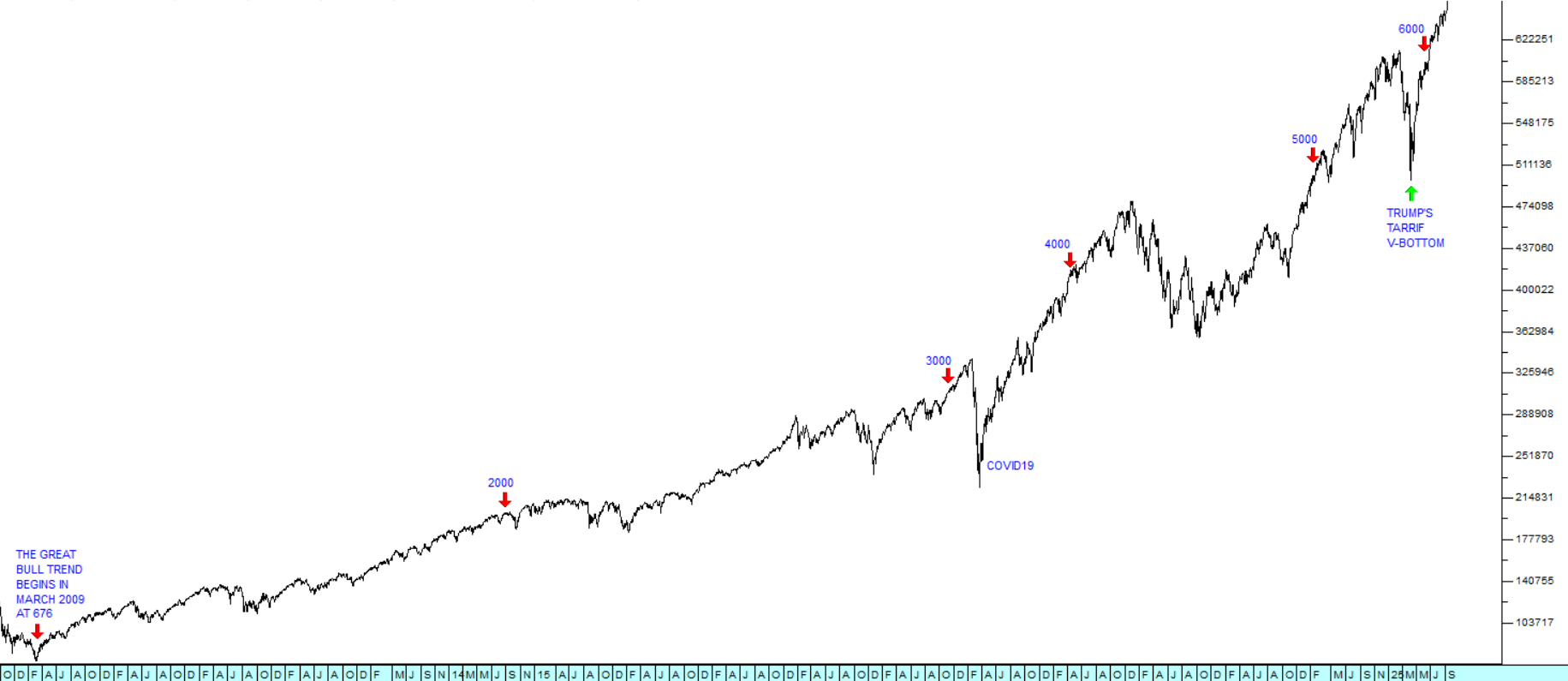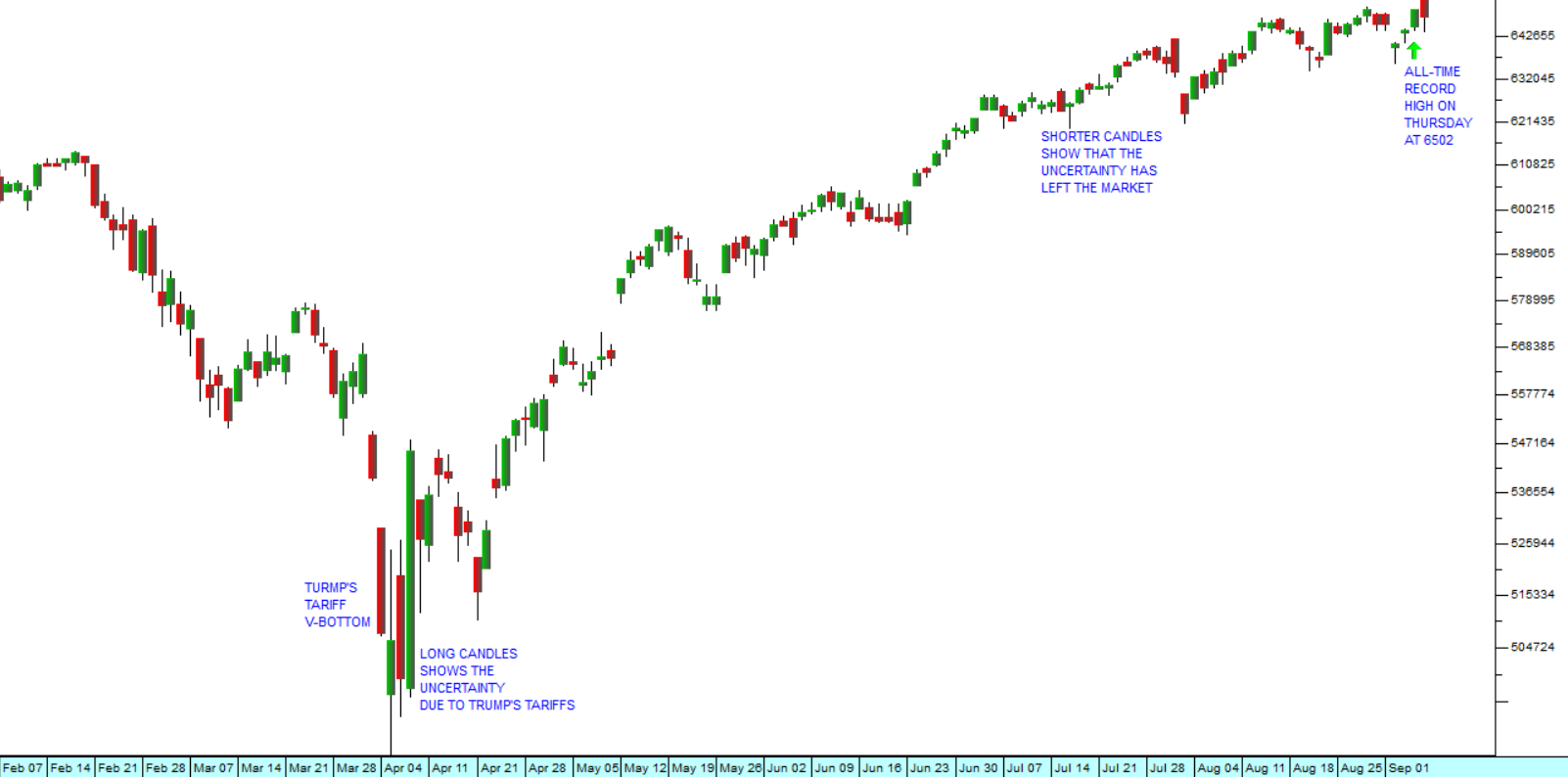Bear Trend?
13 March 2020 By PDSNETI saw my first bear trend in 1969 – I was 16 years old and still at school. I did not really understand what was happening – but it made a deep impression on me. Since then I have studied all the major bear trends going back to the 1907 bear market.
I did this because I believe that the only intelligent way to predict the future is to study the past. Consider: the only reason you know that the sun is going to rise tomorrow is because you have seen it happen before. If you had not seen that, you would not know.
All the bear trends that I have studied were based on human economics. In very simple terms, when the economy is booming, people are borrowing money on an excessive basis and spending it. This leads to an economic boom, the anticipation of which predicates a disproportionate rise in share prices. The rise in share prices then creates additional significant wealth resulting in an upward spiral.
Sooner or later, usually because economic booms inevitably lead to inflation, the government is forced to step in and slow the boom down – usually by increasing interest rates. This forces people to repay some or all of what they borrowed and so the level of spending in the economy slows down dramatically causing businesses to make less profits, and retrench workers. That, in turn, results in falling share prices and a general reduction in wealth – a downward spiral.
From a technical perspective, once the market has collapsed, it goes through a period of “backing and filling” while investor confidence is rebuilt and then gradually begins to rise, ultimately reaching and exceeding the highs from which the bear trend began.
So, this boom-bust cycle is based on periods of borrowing (from the future), followed by periods of repayment. At least that is how it was until Alan Greenspan, as the newly-appointed Governor of the Federal Reserve Bank who following the teachings of the economist John Maynard Keynes, injected funds into the US economy to compensate for the destruction of wealth in the 1987 crash.
Since the huge and precedented success of Greenspan’s monetary intervention, all bear trends have been handled in the same way right up to and including the 2008 sub-prime crisis.
But the sell-off in shares over the past three weeks has been caused by a completely different force – a world-wide pandemic. It is certainly true that share markets of the world were “ripe for a correction” at the time when the corona pandemic hit, but the collapse of world markets, with the S&P down 26%, has now gone too far to be considered a mere correction (and we apologise for leading you to believe that it would be in previous articles).
But I also do not consider this to be a normal bear trend – mainly because it is not rooted in the usual cycle of excessive borrowing followed by a period of repayment. It’s source is what N.N. Taleb called a “black swan” event – which by its very nature was completely unpredictable. And for that reason, we cannot expect this bear trend to behave like the bear trends of the past. Rather, it seems to me, it will follow the pattern of the virus itself – which is also still difficult to ascertain.
There are, however, some things we can say with a fair degree of certainty:
- Firstly, investors will almost certainly over-react to what is happening. I believe that there is a probability that they already are. So, this means that the markets will and are falling further and faster than the economic impact of the virus warrants – leading to a buying opportunity.
- I expect that the markets will follow the perceived progress of the virus itself - and that can best be measured at this time by what has happened and is happening in China. The Chinese have been dealing with the pandemic from about November last year and their infection and mortality rates are now dropping sharply. They are busy sending people back to work in a desperate effort to get their economy moving again. This means that the virus probably has a life of about 4 or 5 months – at least as far as its economic impact is concerned.
- It seems reasonable to assume that the countries, like Italy, which are currently experiencing very high infection and mortality rates will be in a recovery and “back-to-work” stage in two or three months’ time at the latest. The rest of the world has the considerable advantage of learning from the experiences of China and other countries where the virus initially ran out of control.
- And, of course, Africa, although much slower to become infected, is likely to be hardest hit, because of its poverty, its existing disease load (in South Africa we have 8 million people with AIDS) and its lack of organisational ability and medical infrastructure.
- In the background, there are drugs and vaccines which are currently being tested and which should have an impact on the spread of the virus before the end of this year – which may well come to the rescue of Africa.
For these reasons, this bear trend is likely to be relatively short and sharp. Investors will begin to see that the virus has or is running its course in first world countries and, at some point in the next few months, they will re-enter the market as aggressive bargain-hunters. So, my expectation is that we will see a “V-bottom” in the chart with a relatively short period of “backing and filling” before a new upward trend commences. And I expect that upward trend to be much more rapid than the usual recovery phase.
So, this bear trend is not comparable to previous bear trends (which usually last at least two to three years) and cannot be assessed on the same basis. It is unique in the history of bear trends because it has not been caused by excessive borrowing and spending. And, finally, it should be shorter and sharper than previous bear trends for the same reasons.
Of course, bear trends, like wild fires, can create their own momentum and now that the S&P500 is firmly in a bear trend, we can expect its movements to be exaggerated as investors as a group vacillate between the extremes of optimism and pessimism.
An Article by Jack Milne
DISCLAIMER
All information and data contained within the PDSnet Articles is for informational purposes only. PDSnet makes no representations as to the accuracy, completeness, suitability, or validity, of any information, and shall not be liable for any errors, omissions, or any losses, injuries, or damages arising from its display or use. Information in the PDSnet Articles are based on the author’s opinion and experience and should not be considered professional financial investment advice. The ideas and strategies should never be used without first assessing your own personal and financial situation, or without consulting a financial professional. Thoughts and opinions will also change from time to time as more information is accumulated. PDSnet reserves the right to delete any comment or opinion for any reason.
Share this article:
